It’s hard to diagnose a problem based on a photo of one leaf. There are so many variables and much depends on if ALL the leaves on the shrub look this way or only some of them. For example: If these are the oldest leaves (lower on the shrub) then yellowing leaves is a sign of drought stress. The plant has dried up in between waterings so it is shedding older growth in order to protect the new. If all the leaves are yellow that’s often a sign of too much water and possible root rot. If the leaves have more brown spots than this one you’ve sent a photo of, that’s a sign of black spot on roses, which is a fungal disease. Some roses are more prone to blackspot than others, and once the plant has the problem no fungicide will cure it, but will only protect (somewhat) the undamaged foliage.
In general, roses need to be watered deeply (not hand watering!) every four to six days depending on the temperatures. Water in the AM not in the evening and try not to get the foliage wet especially at night. Fertilize with a rose food according to directions and mulch to hold in moisture and add organic matter to soil – adding an inch of manure on top of soil in the spring is desirable. Start spraying with the fungicide of your choice early in the season (may) and continue according to directions.
That said, if you have a hybrid tea rose that’s prone to diseases there is little you can do to protect it once something such as black spot has taken hold.
If you want more information send a shot of a couple of branches, plus one of the entire plant and we’ll see if there is anything that we can expand on.
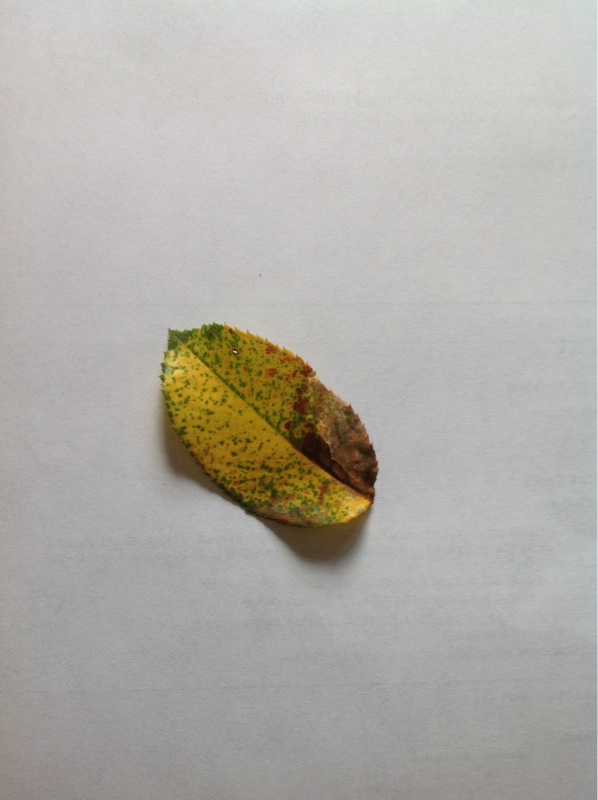
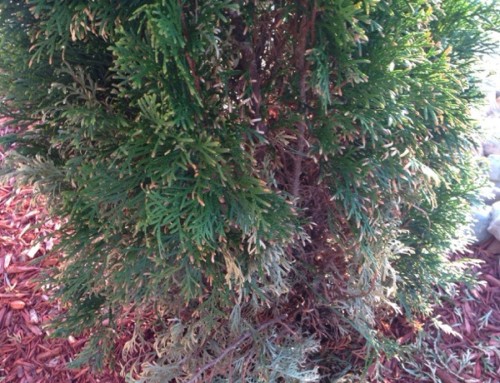
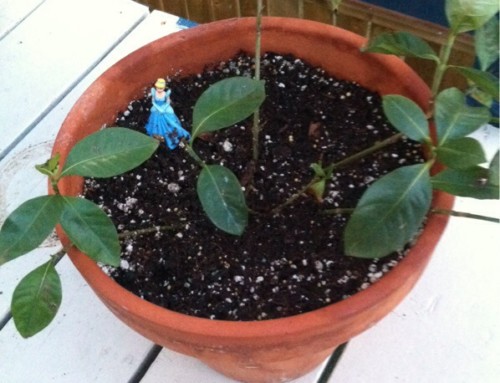
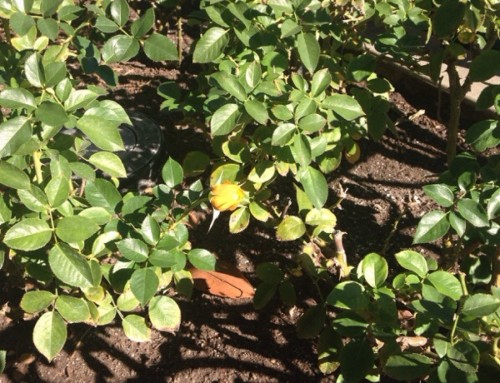
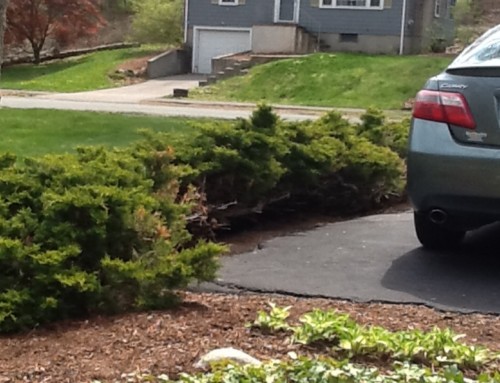
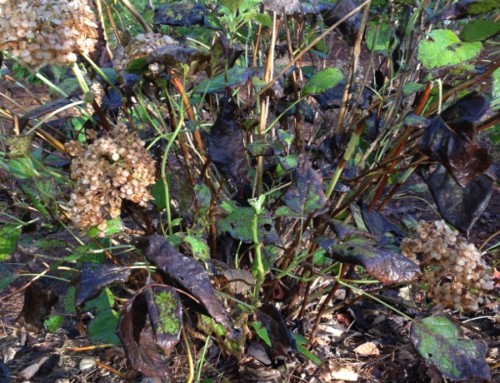
Leave A Comment